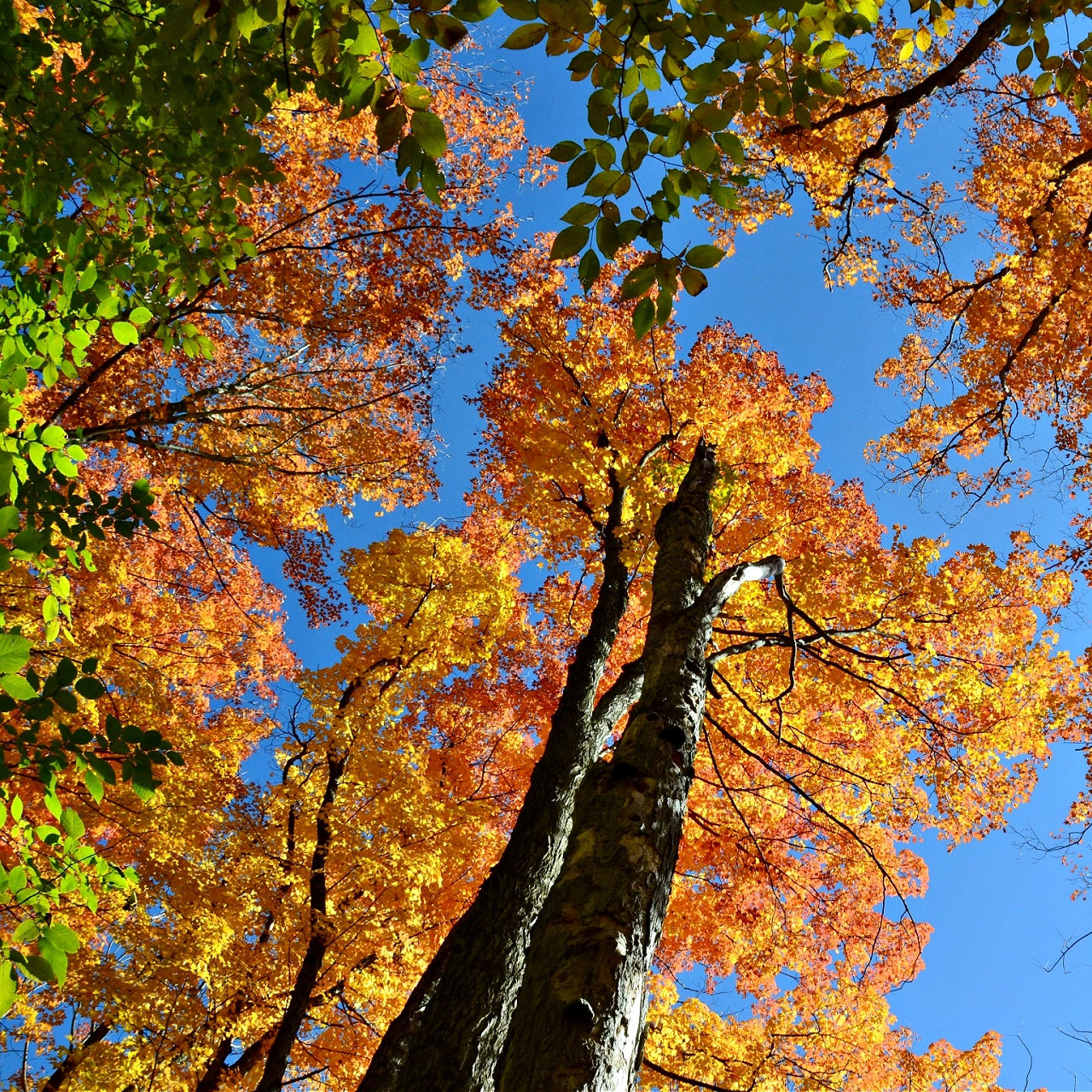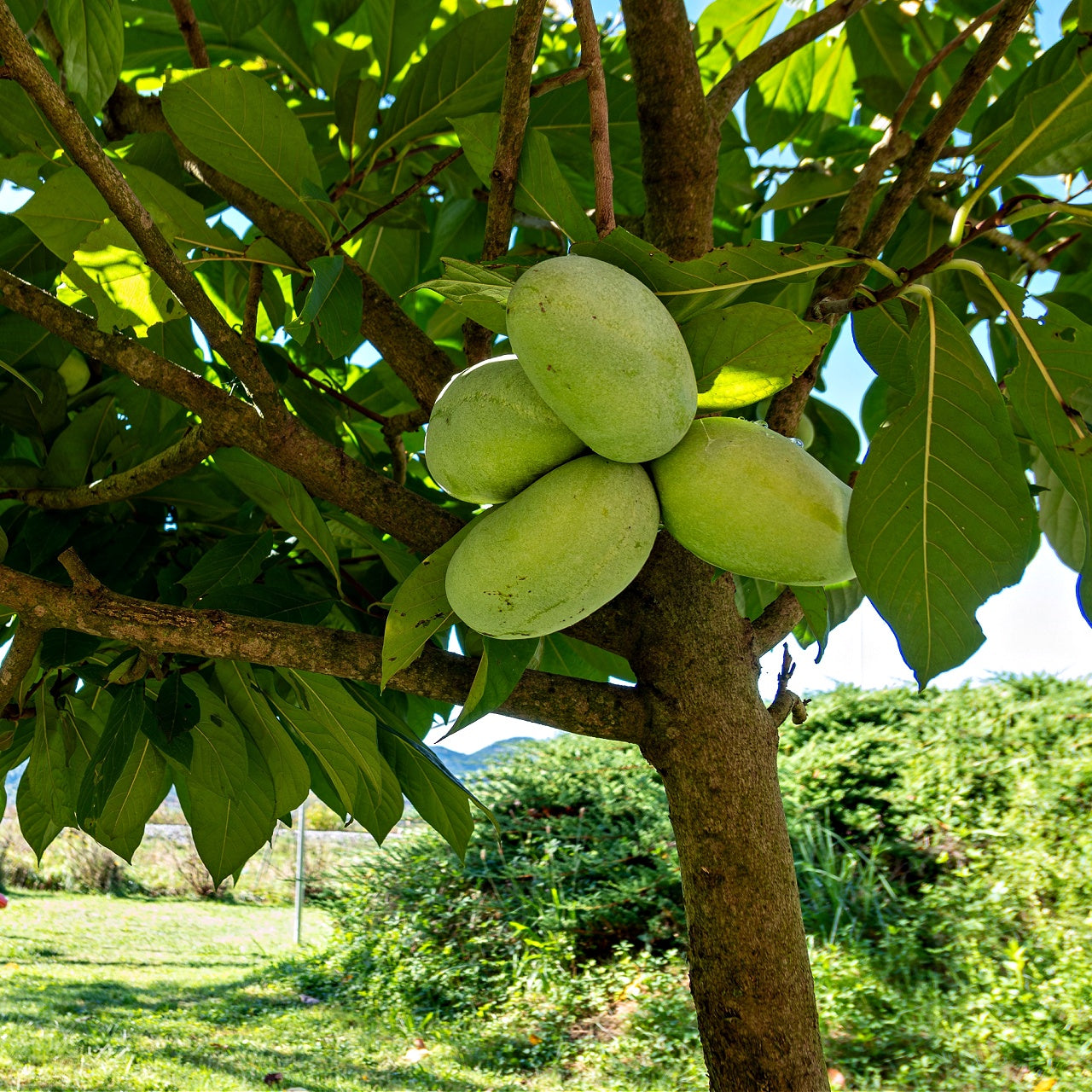
Cultivation Tips for White Princess Dogwood Trees
Cultivation Tips for White Princess Dogwood Trees
Cultivation Tips for White Princess Dogwood Trees
White Princess Dogwood trees, scientifically known as Cornus Florida 'White Princess,' are renowned for their breathtaking beauty and remarkable features throughout the year. These elegant trees are cherished by gardeners and nature enthusiasts alike for their early spring blooms, consistent white flowers, late summer fruit that attracts birds, and stunning fall foliage. In this article, we will delve into the captivating world of White Princess Dogwood trees, exploring their unique attributes and the joy they bring to gardens and landscapes.
Early Bloomers
One of the most enchanting aspects of White Princess Dogwood trees is their propensity to bloom earlier than other dogwood varieties. While many dogwoods wait until late spring to burst into bloom, White Princess Dogwoods are eager to announce the arrival of spring by unfurling their delicate white blossoms as early as late March or early April. This early flowering is a delightful spectacle, especially for those eager to banish the winter blues and embrace the vibrant colors of spring.
Consistent, Heavy White Blooms
The 'White Princess' variety is renowned for its consistent and abundant white blooms. These exquisite flowers appear in clusters, covering the tree in pristine white petals. The sight of a White Princess Dogwood in full bloom is magical, creating a captivating contrast against the emerging green foliage. The tree's prolific flowering ensures it remains the center of attention in any garden or landscape. The beauty of these blooms is not limited to their aesthetic appeal. They also serve as a valuable resource for pollinators, including bees and butterflies, essential for ecosystem health. The abundance of blooms provides sustenance for these vital insects, contributing to the overall biodiversity of the area.
Late Summer Fruit and Bird Attraction
White Princess Dogwood trees do not limit their charm to the spring season alone. As the summer months progress, the tree produces small, spherical fruit clusters that transition from green to bright red as they ripen. These attractive fruit clusters are visually appealing and provide a food source for many bird species. Late summer becomes a time of increased avian activity around White Princess Dogwoods, as birds are drawn to the tree by the promise of a tasty meal. Cardinals, robins, and other songbirds eagerly feast on the ripe fruit, adding an element of wildlife interaction to the garden. This attraction of birds makes White Princess Dogwood trees a valuable addition for birdwatchers and nature enthusiasts who wish to enjoy the avian activity in their gardens.
Beautiful Fall Foliage
The enchantment of White Princess Dogwoods continues well into the autumn season. These trees undergo a stunning transformation as the temperatures cool and daylight hours diminish. Once vibrant green, their leaves turn shades of red and purple, creating a picturesque landscape reminiscent of a fairy tale forest. The red and purple hues of White Princess Dogwood leaves in the fall are breathtaking. The deep, rich colors add warmth and drama to the garden or landscape, making these trees stand out even as the growing season draws close. The contrast between the white spring blooms and the autumn foliage creates a visually striking and memorable landscape that captivates observers.
Care and Maintenance
Proper care is vital to make sure that your White Princess Dogwood trees thrive and continue to delight with their early blooms, consistent white flowers, late summer fruit, and beautiful fall foliage. Here are some tips for growing and caring for these stunning trees:
- Location: Plant your White Princess Dogwood tree in an area that receives partial shade to protect it from the intense summer sun. Check that the soil is well-draining and rich in organic matter.
- Watering: Regularly water your tree, especially in dry spells. You want to keep the soil moist but not waterlogged.
- Pruning: Prune your White Princess Dogwood tree during the dormancy (late fall or winter) to remove dead or diseased branches and shape the tree as desired.
- Mulching: Apply mulch around the tree's base to help retain moisture and regulate soil temperature.
- Fertilizing: Fertilize your tree in early spring with a slow-release fertilizer for healthy growth and abundant blooms.
- Pest and Disease Control: Keep an eye out for pests and diseases that can affect dogwood trees, such as powdery mildew and dogwood borer, and take appropriate measures to control them.
White Princess Dogwood trees are:
- A testament to the wonders of nature.
- Offering a stunning display of early spring blooms.
- Consistent white flowers.
- Late summer fruit that attracts birds.
- Captivating fall foliage.
Their year-round beauty makes them a cherished addition to gardens and landscapes, providing aesthetic pleasure and a habitat for pollinators and songbirds. With proper maintenance, these trees can continue to enchant and inspire for generations, making them a true treasure in horticulture. Whether you are a seasoned gardener or appreciate the beauty of the natural world, White Princess Dogwood trees will leave an indelible mark on your heart and landscape.






